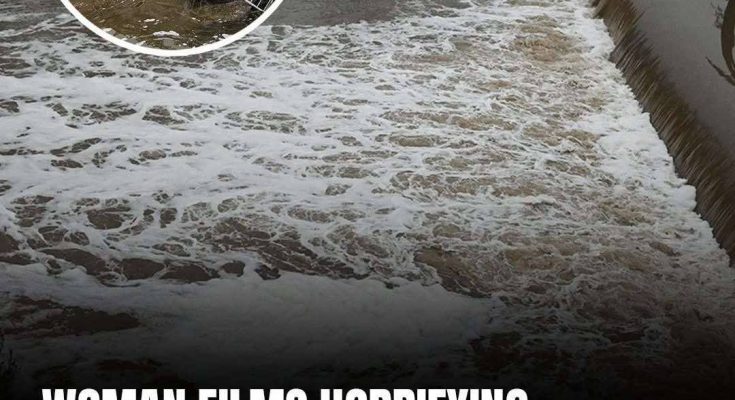What was meant to be a peaceful Fourth of July turned into tragedy as flash floods devastated parts of Texas, particularly around the Guadalupe River. In just 45 minutes, floodwaters surged 26 feet, catching communities completely off guard.
The death toll has surpassed 100. Kerrville Mayor Joe Herring Jr., visibly emotional, told CNN that local officials had no advance warning. “I’ve lost two friends. We loved them. And they’re gone,” he said through tears.
The floods were triggered by an unexpected downpour—more than a foot of rain fell across the region—causing the Guadalupe River to overflow. Initially, the National Weather Service had predicted far less rainfall, estimating just 3–8 inches depending on the area.
Texas Emergency Management Chief W. Nim Kidd voiced his frustration over the inaccurate forecasts, saying officials weren’t prepared for the scale of the disaster. At Camp Mystic, a popular girls’ summer camp in Kerr County, 27 of the 750 campers lost their lives.
Camp nurse Devon Paige shared a video of the girls enjoying their day just an hour before the flood hit, underscoring how quickly tragedy struck. Social media videos captured the river’s terrifying rise, sparking public outrage.
Many criticized the elimination of flash flood alerts, blaming recent budget cuts and policy changes for the lack of early warnings. “Imagine if there was a way to warn people,” one user commented bitterly.
As Texas mourns, questions mount over whether this disaster could have been prevented—with better preparation, alerts, or policy.



